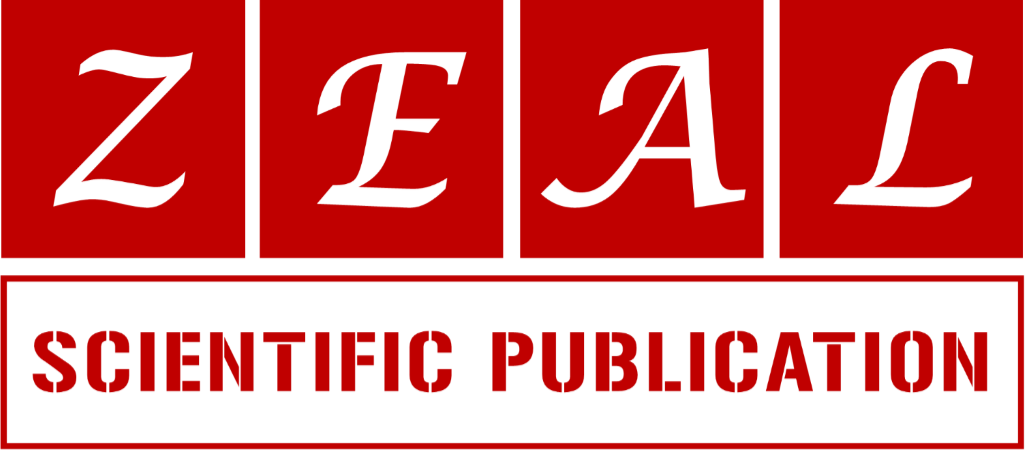A review of vectors, vector borne diseases, vector control and their impact on public health
Unit of Microbiology and Immunology, ICMR- Vector Control Research Centre, Department of Health Research, Ministry of Health and Family Welfare, Puducherry- 605006, India.
Review
World Journal of Advanced Science and Technology, 2022, 02(02), 001–011.
Article DOI: 10.53346/wjast.2022.2.2.0046
Publication history:
Received on 03 September 2022; revised on 10 October 2022; accepted on 13 October 2022
Abstract:
Mosquitoes are most important insect vectors for human disease transmission. Dengue, yellow fever, chikungunya, and zika are all spread by Aedes mosquitoes in many parts of the world. The primary vector of human malaria transmission is Anopheles. Culex is responsible for the transmission of Japanese encephalitis, lymphatic filariasis and West Nile virus fever. Synthetic pesticides have been successfully utilized in mosquito-control programmes for several decades. However, there are a number of disadvantages to the chemical method. As a result, there has been a rise in concern in the usage of biological agents for mosquito control in recent years. Because of their highly effective mosquitocidal activity, Bacillus sphaericus and Bacillus thuringiensis israelensis have been utilized extensively. While insecticide-based interventions have successfully reduced mosquito populations for a number of years, the reliance on a few number of insecticides has now led to the evolution of resistance. So there is a need to search for novel mosquitocidal bacteria for control the mosquito species. Since soil is one of the world's most diversified environments in which bacteria and fungi are abundant, screening of soil samples for isolation of novel mosquitocidal bacteria is attempted.
Keywords:
Dengue; Lymphatic filariasis; Aedes; Culex; Bacillus sphaericus; Bacillus thuringiensis israelensis
Full text article in PDF:
Copyright information:
Copyright © 2022 Author(s) retain the copyright of this article. This article is published under the terms of the Creative Commons Attribution Liscense 4.0
